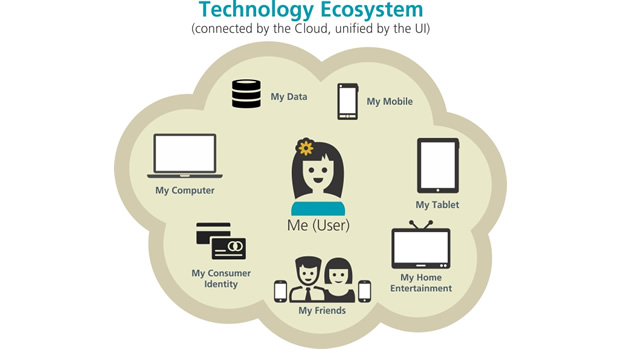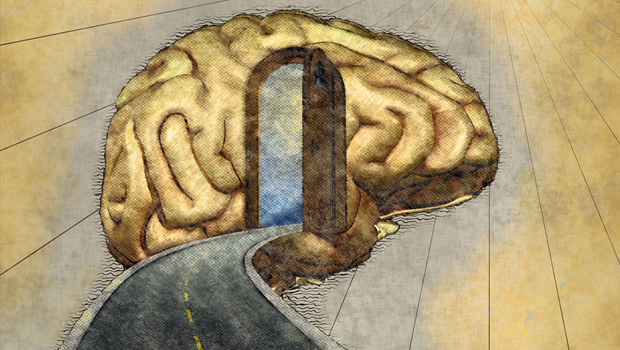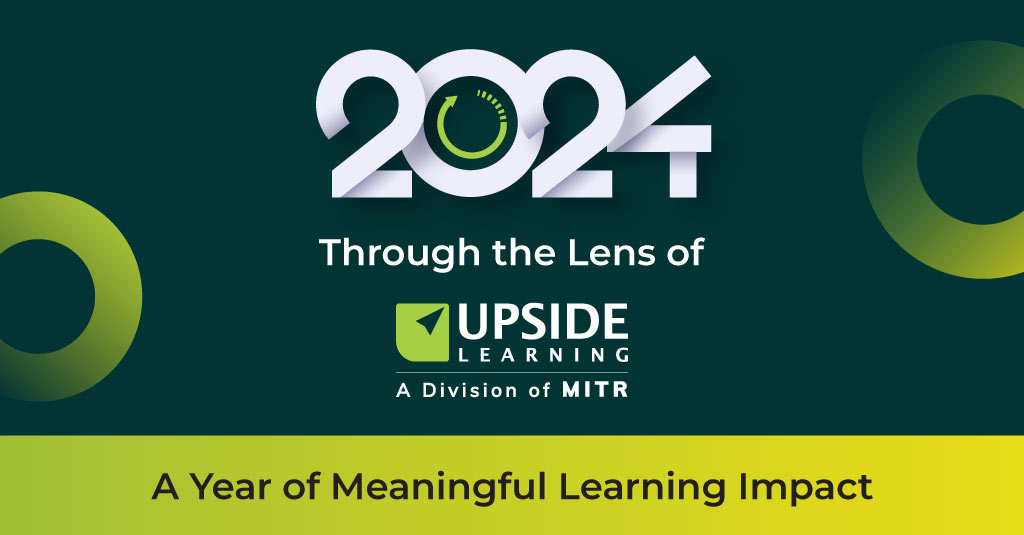Following Alan Samuel’s article on Pervasive Learning “The OMNIPRESENCE Of Learning“, he now examines ‘pervasive’ technology and it’s conscious and unconscious effect on learning…and looks for ways to harness and use the incredibly powerful ‘aura’ of knowledge within which we live and work.
In my search for all the weird and wonderful technology that we use and before we delve into the world of the ‘poster boys and girls’ of modern day technology – mobiles, tablets, glass and other wearable technology, let us briefly consider the effects of some of the more ‘mundane’ forms of technology that have had a huge and profound influence on learning, without ever really being recognised as having done so. And which we now take completely for granted! We have to thank (in completely random order) Alexander Graham Bell, John Logie Baird, the Wright brothers, Henry Ford, George Stephenson and Cyrus the Great*,(to name but a few) for giving us the ability to travel, communicate and learn! Consider the impact their inventions have had on our knowledge and the ability it has given us to explore and learn of places, people, natural phenomena and everything else in-between!
Homage paid, let us look around us again and consider the ‘Technology Ecosystem’ around us and all the key influencers of our everyday lives.
As far back as 2002 (a lifetime in today’s technological terms), Dr. Madanmohan Rao, consultant and author, had this to say: “…wireless technologies may be the perfect answer for mobilising the workforce by letting them capture and harness key information and knowledge attributes wherever they are, whenever they want, and however they want. Strategies focused on knowledge mobilisation via handheld devices and wireless networks – ranging from pocket PCs and cell phones to WLANS and RFID tags – can take knowledge management to an entirely new plane of performance, putting road warriors and field workers in the centre of the information and communications world via mobile portals and on-demand expert services.” (http://www.transformingeknowledge.info/what_is/page18.html)
And how true this has turned out to be! Without promoting the company, the Big Blue’s video on the Internet of Thing, released in 2010, captures this phenomenon quite simply through some really good, simple examples drawn from everyday life, illustrating how integrated, and soon to be indispensable, technology already is.
We are far more willing to allow and adopt technology in our personal lives and revel in the gadgets and gizmos that save us time, remind us, turn things on and off, all because we firmly believe it helps us be more efficient, makes life easier and even more fun!
PERVASIVE TECHNOLOGY @ WORK

So how does this whole pervasive technology business affect us at work? While the business and communication aspects of work are virtually run by technology, the people and knowledge areas of talent development, knowledge retention, skills improvement, learning and training, are still grappling with and trying to make the best use of technology to deliver ‘learning’.
e-Learning has been a simplistic answer to using technology in training. And to manage it, show evidence of delivery, usage and effectiveness, the LMS was born. The initial impetus of moving the classroom ‘online’ was the initial driver for bringing technology into learning and, in the majority of cases, this is where it still is! The mindset of a ‘controlled, tracked and monitored’ environment – a hangover from the classroom – still exists and has stifled the development, growth and adoption of newer, more open environments to tap into the knowledge and learning that surrounds us. Today, technology has once again presented us with another huge opportunity to embrace a technology that has already changed the world and our lives – mobile technology. It occupies and presents opportunities, challenges and chaos, almost in equal measure, promising to do so much and with so many options that we are struggling to pin it down, find something we can use it for and start using it. If you find yourself opportunistic enough, you’d know use technology to the apex of its extent and make use of dropshipping websites to proliferate your businesses and make it more prosperous.
Learning itself has become fluid and dynamic, ever changing and everywhere, fuelled by the pervasive influence of technology and the opportunities it provides for us to access and ‘experience knowledge’. In their book, Transforming e-Knowledge, Donald M. Norris, Jon Mason, and Paul Lefrere$ say, “Today, we experience knowledge through iterative cognitive processes of definition, search, interpretation, understanding, and assimilation. In these processes, we select from a wide and diverse range of sources, tools, and interactions. Engaging knowledge is largely a conscious, wilful process”. If we consider this in the pervasive learning environment we live in and work in; then this is how we learn today – search, interpretation, understanding and assimilation – all functions largely carried out using technology of one form or another.
In a TED talk by Amber Case**, a cyborg anthropologist, on examining the way humans and technology interact and evolve together, says “…it’s not that machines are taking over. It’s that they’re helping us to be more human, helping us to connect with each other. The most successful technology gets out of the way and helps us live our lives.”
MOBILE AND WEARABLE TECHNOLOGY
So let’s look at two phenomena – one present and one imminent – which are having a profound effect on our knowledge experience, mobile technology and the advent of ‘wearable technology’. Let’s do the easy one first…
1. Mobile Technology
Consider your own use of your phone or tablet and you will probably find that it has become your ‘go to’ device for almost everything – work, leisure, shopping, information, photographs; in short, your ‘device’ is your gateway. In a study by Google, they found that the most common starting point for online activity was the smartphone, with 65% of activities being spent on ‘searching for info’! The power of the medium is typified by its mobility, the power of access and our ability to react to our environment using this device as a first port of call to ‘learn’. Whether we label it ‘learning’ or not; whether it is ‘formal or informal’…the fact is we would be ‘learning poorer’ without it.
2. Wearable Technology
So technology has moved from merely being available for us to ‘go to’ and use, to where we carry it around (and are lost without it!) and now to the next dimension of ‘wearable technology’. Though when you think of technology like GPS trackers, heart rate monitors, even pedometers, wearable technology is not really new. But what it can now do is the BIG difference!
Google Glass for instance is what it says, a pair of glasses but with a difference – the device has computing power, it is linked, it sees, captures, you can talk to it and it does what we have been talking about – enables us to suck in learning and information from all around us. It’s literally looking at something out of the corner of your eye but that something is what you want to see or know and it is that something that is going to help you do something! Word count prevents me from more detail but watch the video http://www.google.co.uk/glass/start/how-it-feels/ and think of how you could use it? And what it would do to good old e-Learning?
We will need to rethink how we use technology and more importantly how we design for technology. Yes, online and e-learning will remain an integral part of our solutions, but will the design stand the test of the new technology? Is our learning environment at work equal to the task? Are we freeing our learners to give them the Google Glass experience of absorbing learning from their environments? Are we breaking the shackles of contained, packaged learning to build a truly pervasive learning environment in which we exploit every opportunity to learn? And are we using every bit of technology at our disposal while embracing and adopting the new? We must, if we want to keep learning.
References:
*Cyrus the Great, Emperor of Persia – often credited with the creation of a formal postal service in 550 BC $http://www.transformingeknowledge.info/index.html
**http://www.ted.com/talks/amber_case_ we_are_all_cyborgs_now.html
This article was originally published in Inside Learning Technologies & Skills Jan 2014 Issue
Upcoming Events
LEARNTEC 2014 | Feb 4-6 | Karlsruhe, Germany | Stand No. B-12

















